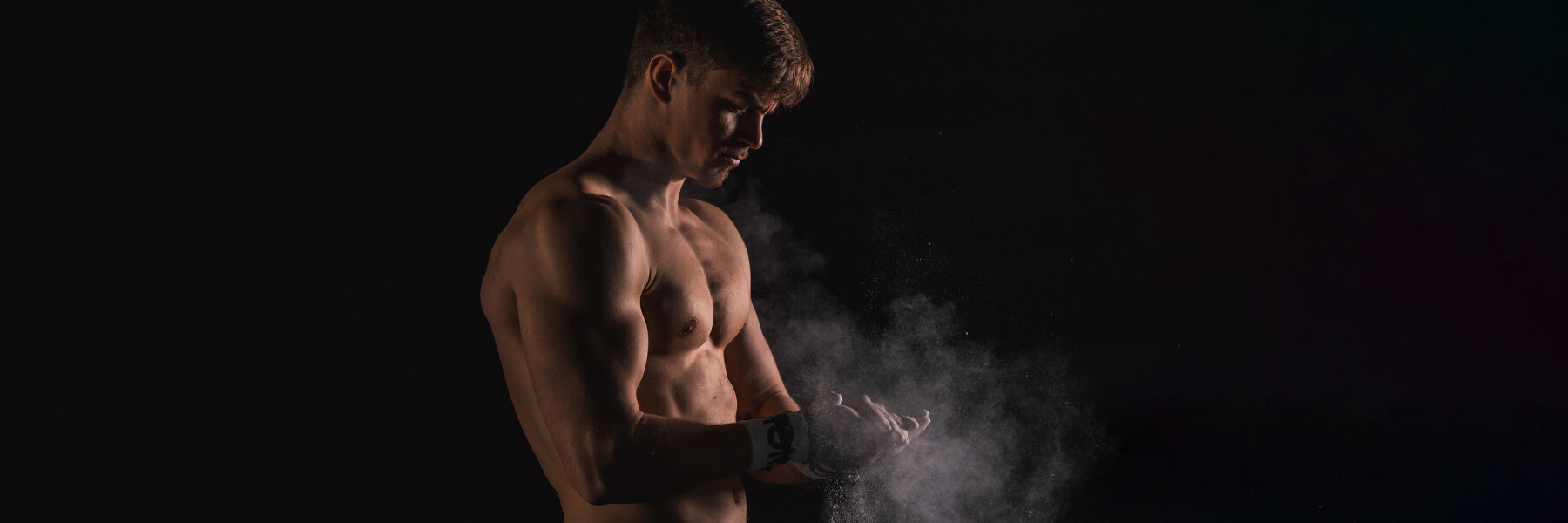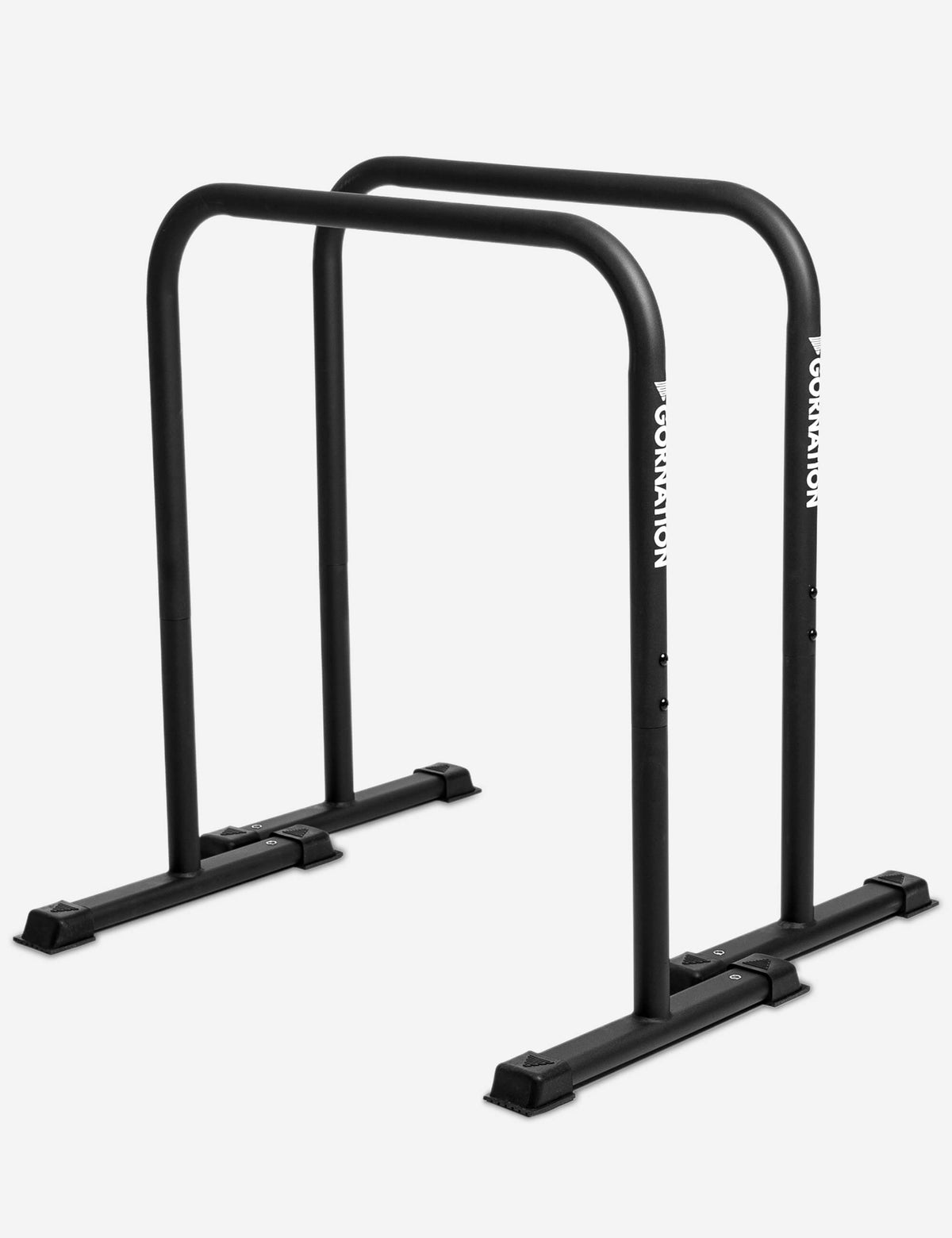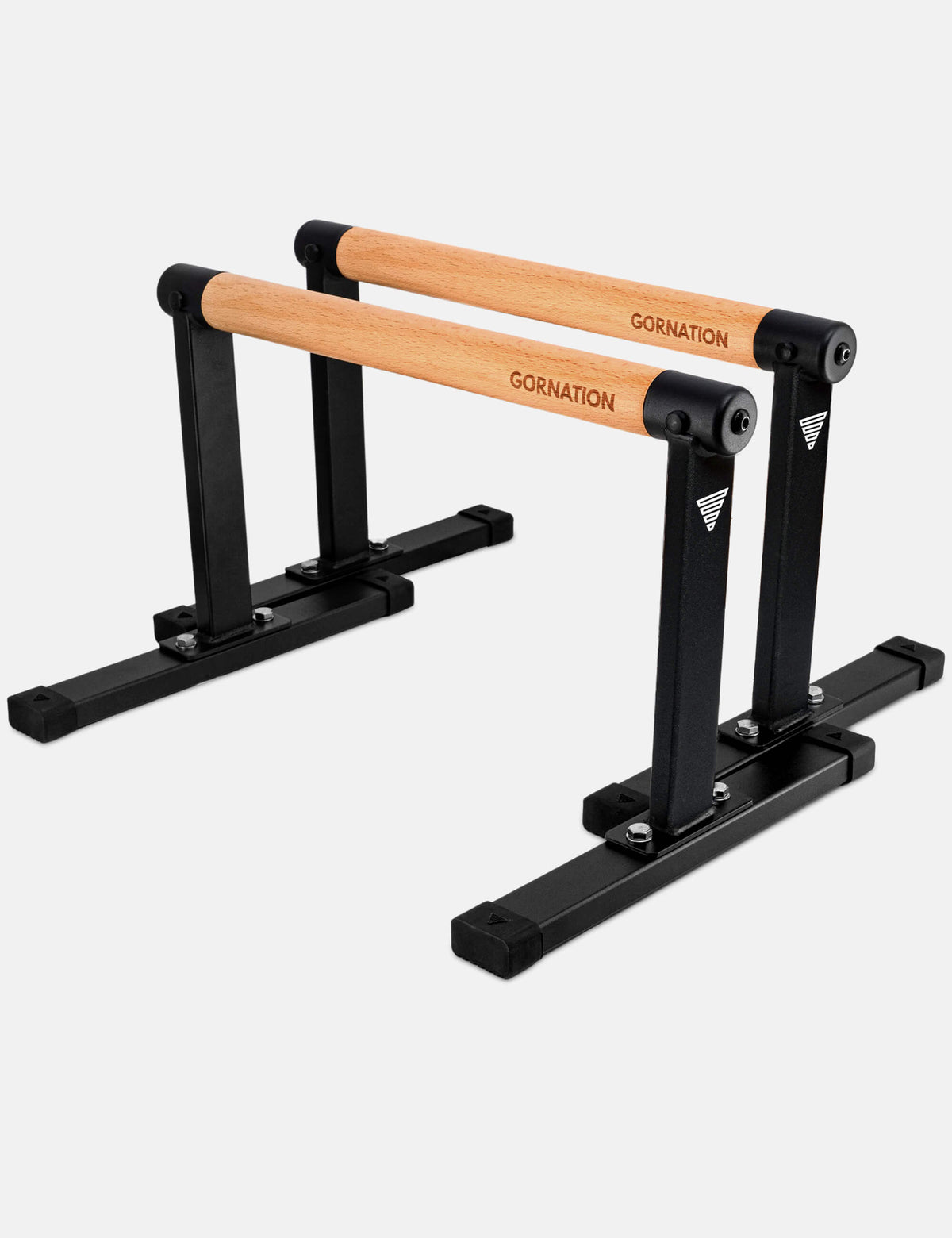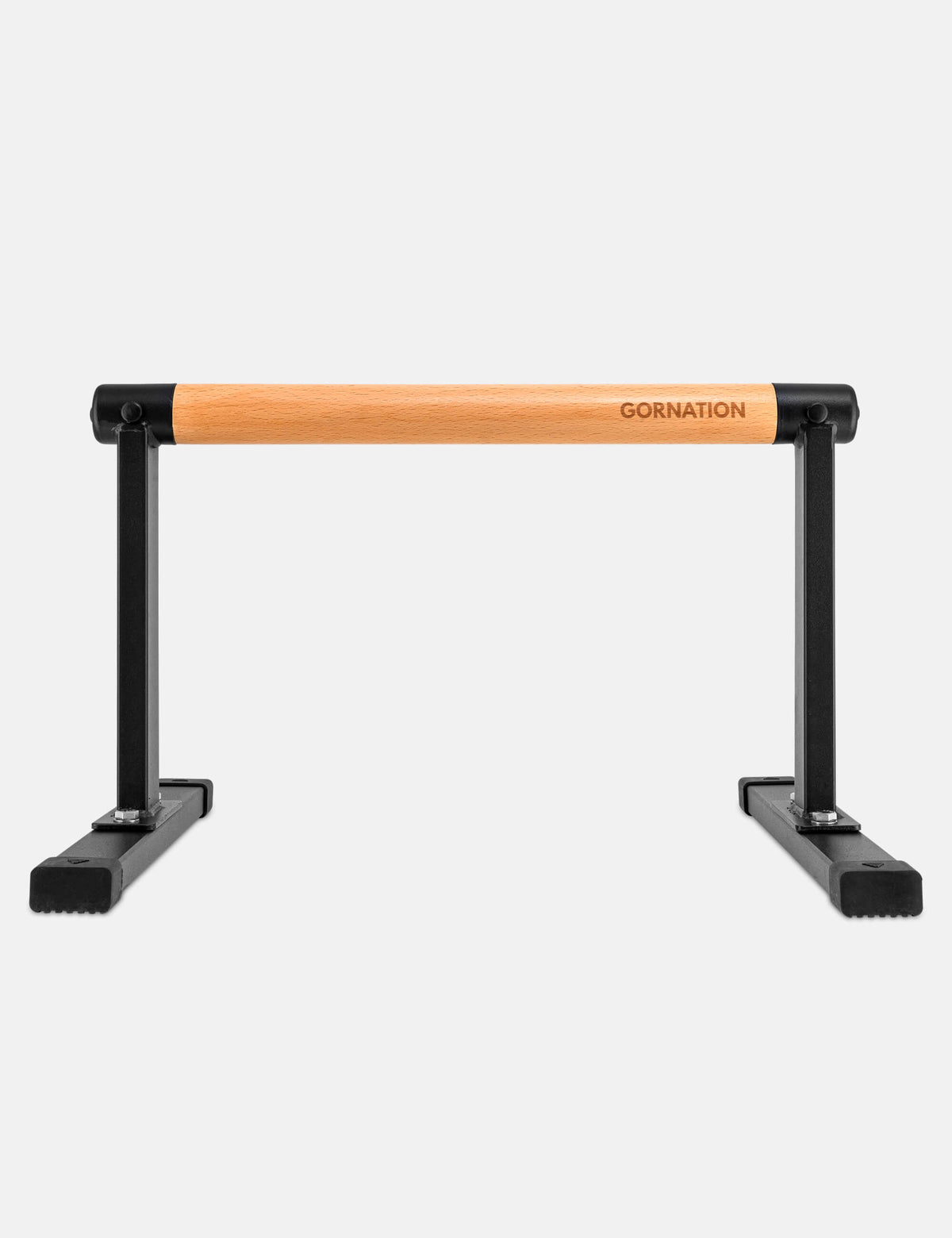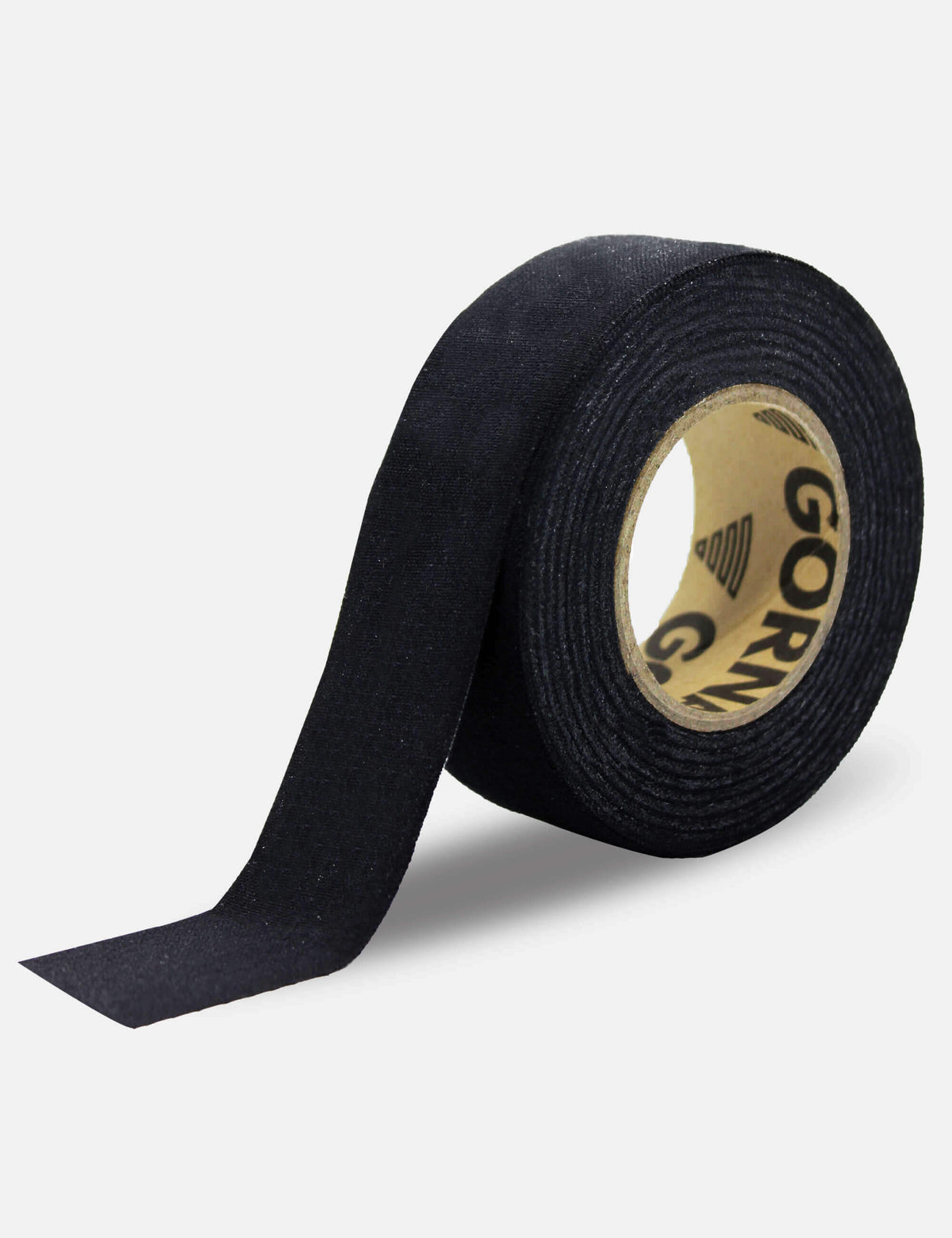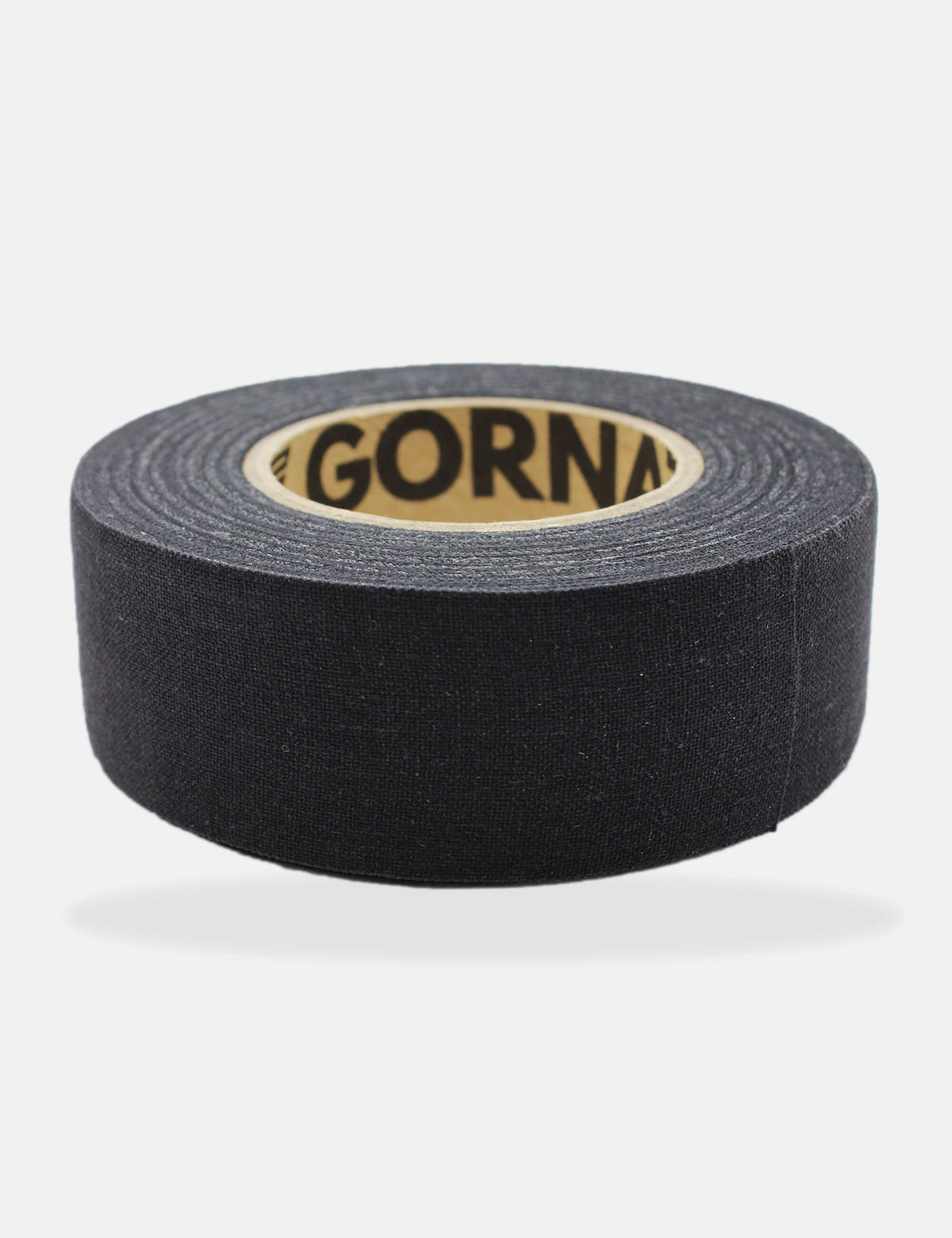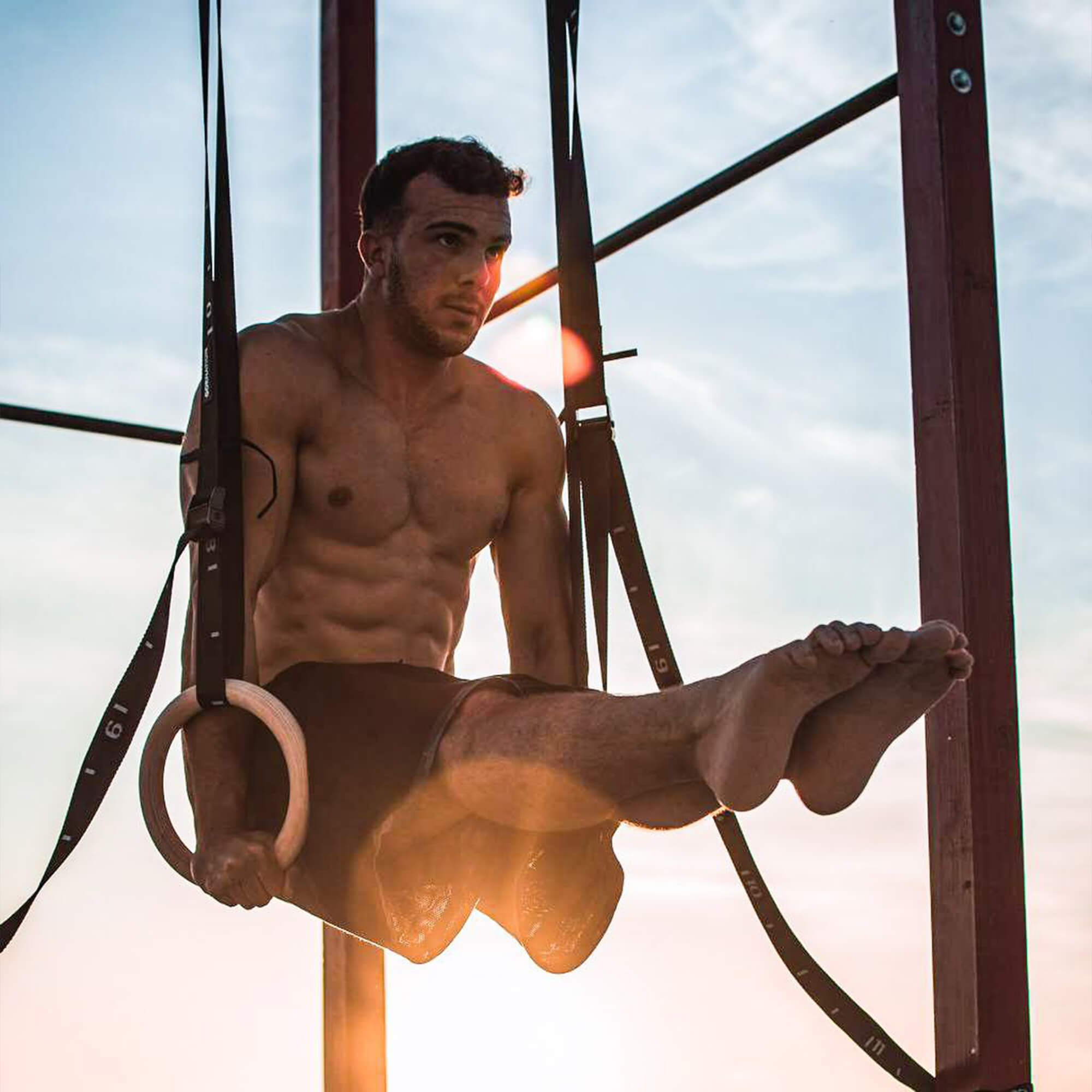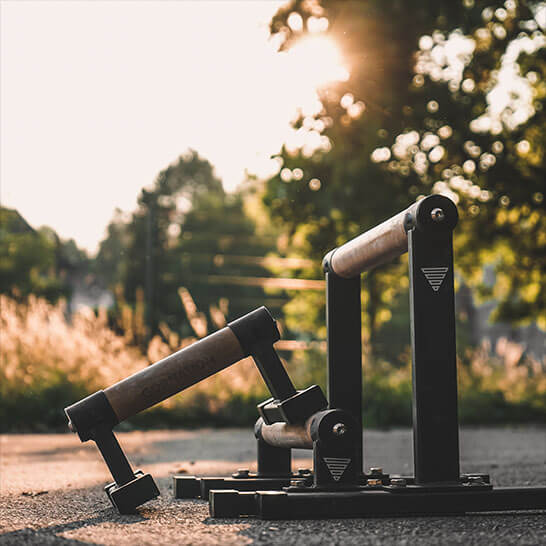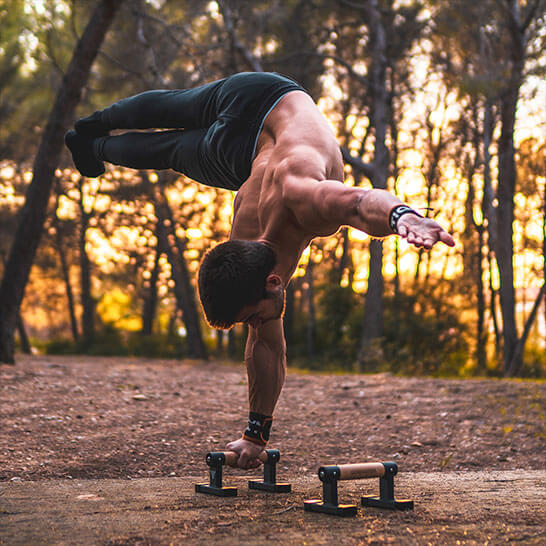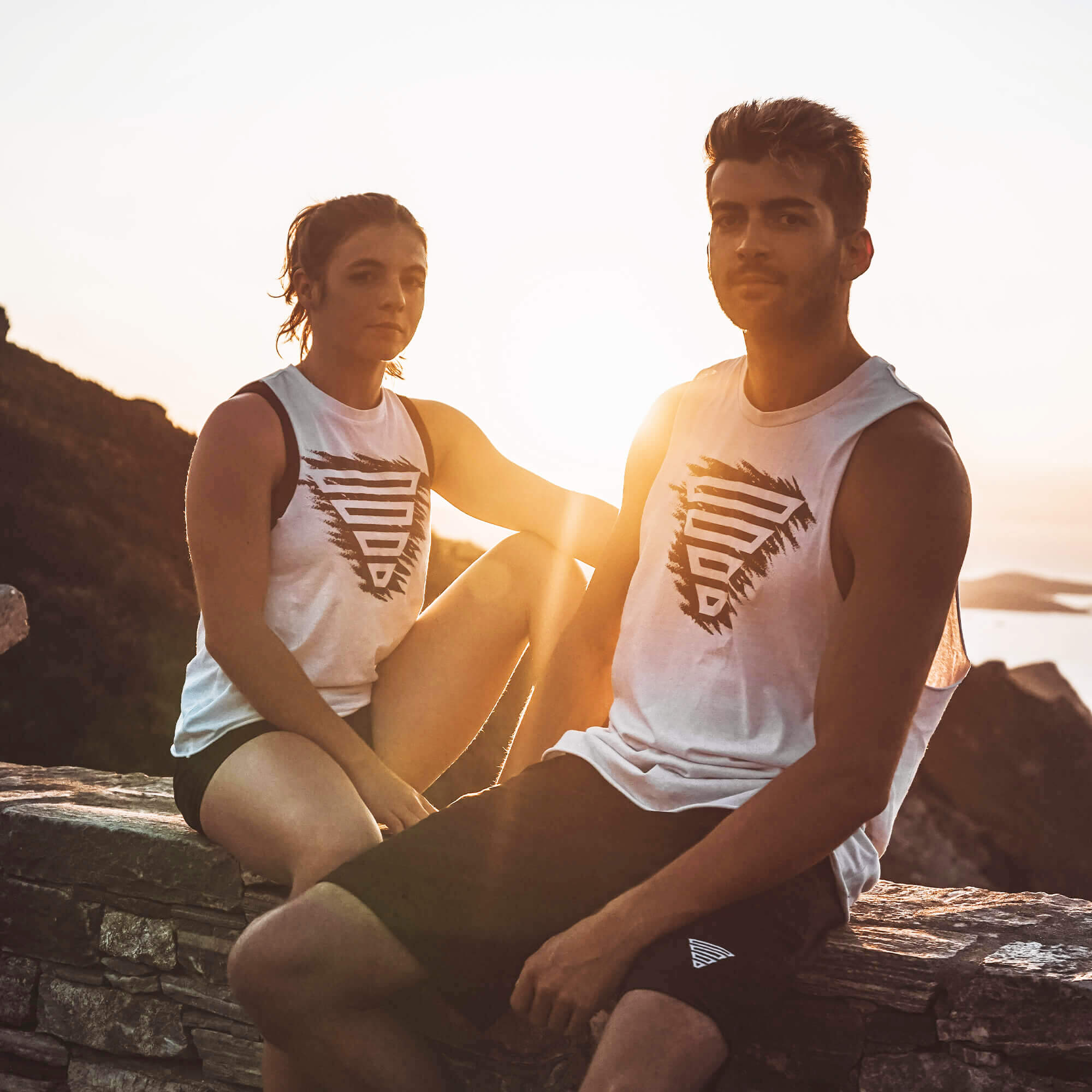The Mechanisms Behind Calisthenics Progress
By Frinksmovement
Introduction
The desire of progress is most likely the thing that links all of us. Yes, training is fun and should be fun. According to Self Determination Theory, high autonomous and intrinsic motivations are the staple of long term exercise adherence. Yes, training is also just a good way to spend time. The stress relief, cognitive function, clearing up the mind from thoughts, as well as the whole cluster of health benefits we can gain from any form of physical training are all undeniable arguments to hop on a pull up bar and train, whether it brings progress or not. However, it's difficult for me to believe that on top of all that, you're not interested in learning Planche, Front lever or One Arm Pull Up.

Now, as I have my classic philosophical opening, let’s answer the question of “how does progressing in calisthenics really work?” We know it takes time, we know that people progress at different rates but at the end of the day with some effort and consistency everyone can get better and make progress. But have you ever wondered, what are the underlying mechanisms of our improvements? And do they differ depending on the goals we chase? First of all, before searching for the answers, we need to establish what progress is and what it's not.
Progress itself as a process is rather self explanatory, but in the context of calisthenics it gets actually tricky to define and there are a couple of reasons for that. First of them is the problem with defining calisthenics on its own. Yes, it is exercising by using our bodyweight as a resistance and I actually really like the definition researchers put in this article- “Calisthenics was a term used to define a generic set of body weight exercises. Such a term is now used to define a world wide spread discipline based on body weight and gymnastics exercises.” However, notice how that misses the specifics of what calisthenics is being portrayed as. Unlike in powerlifting, weightlifting or any sport that has it's clear parts and boundaries of the competition, we don’t really have that. Is Weighted Calisthenics still Calisthenics? Is freestyle on the bar calisthenics or is it something separate? Is calisthenics the same as street workout? While there are federations that take care of labeling and rules, most “calisthenics practitioners” won’t ever compete. And I know the argument could be made that most people who “train powerlifting” will also never compete.
However, even if the ratio is similar (which I doubt) nobody adds anything new to powerlifting. These are 3 arbitrarily chosen lifts, that anyone can compare with others and hypothesize their actual level based on a couple of metrics (relative/absolute strength in different lifts or total). Yes of course, there are hundreds if not thousands of different methods, but the goals remain almost identical. We can’t really say that about calisthenics.
Unless you compare someone like me with an elite rings gymnast or any other extreme disproportion case, we can’t tell if someone is a better calisthenics athlete than another person without any context, the spectrum is simply too broad to do it. Because I already made a video on that in the past I will not elaborate on it right now, maybe in the future article.
The second problem is that, unlike other sports, it's often difficult to objectify. There is a lack of clear boundaries when it comes to internal (angles, ranges of motion and what happens in your body) and external requirements (how your body behaves relative to the bar, parallettes, rings, ground) of the skills and the ratios of difficulties between them. I observed it for the first time when making the analysis of one arm pull up.
If someone gained more reps by raising their legs a little bit, was it “technical efficiency” or cheating? If someone started using their lats to “block” their body and reduce the torque put on the shoulders during back lever or 90 degree push up, was it “technical efficiency” or cheating? It appears in many other exercises and cases, and it's very difficult to say when it is still a technique, and when it is already cheating.
We could theoretically use something like The Gymnastics Code of Points, but it is rather not perfect neither, and many of the skills we do in calisthenics are not a part of gymnastics (Human Flag, One Arm Pull Up, Hefesto and obviously a bunch of invented freestyle skills).
I will fast forward my reasoning and for the sake of discussion assume that calisthenics is a relative strength sport with different sub-niches that involve different levels and types of „skill”. Progress will be defined by getting more proficient at least one of these sub-niches.
Progress is NOT the same as Performance, and that's a very important distinction. The things I will talk about are the ones that can actually change throughout your journey. These are adaptations, and not only determinants. At the end of the day your net level of performance will depend on many factors that are fixed and determined by your genetics, and also acute factors that can fluctuate day to day, but that’s the topic for a different time (arguably more intriguing and mysterious). For now, I'm presenting you the main factors that influence your long term progress as a calisthenics athlete.
Calisthenics Progress Mechanisms
Muscle Size (and other morphological adaptations)
At the start, I should state it clearly that as for now it has never been empirically proven that muscle growth is the factor causing or increasing the potential for strength increment. When it comes to calisthenics, it might not be even something that most people intuitively consider, given the nature of our discipline. Now, of course when I say muscle size, I mean muscle in specific areas that are important from the standpoint of specific activity.
Getting a lot of mass in calves will not get you closer to the Front Lever, if anything, it can even get you further away. But getting more mass in muscles that are responsible for shoulder extension in these angles will be most likely one of the best things you can do. So, the further points assume you made your simple biomechanical skill analysis and know which muscles you need to strengthen.
Now, why exactly does getting more skeletal musculature probably make you stronger? Well, in short, skeletal muscle is built out of cylindrical cells called muscle fibers. I want you to think about fibers as strings that attach via tendons to different bones. When the strings are shortening - it causes the bones to move (thanks to the joints linking them). Now if you look at the muscle as a whole - it is a bunch of strings that work together by pulling and creating some sort of movement.
Depending on their role in the exercise we call them agonists (directly responsible for the movement), antagonists (responsible for the opposing movement), synergists and neutralisers (stabilizing the joints so the agonists can work more efficiently).

The specific tension of the muscle fibers, which is basically “how strong is the muscle fiber in relation to its cross-sectional area (not diameter)" differs a lot amongst individuals, and the exact reasons for that are not fully discovered (at least to my awareness). But what we do know is that as a general tendency, the larger fibers are stronger fibers (which is pretty logical if you think about the biology behind it, more contractile units should be able to produce more force). When we talk about “growing muscles” we are mainly referring to the mechanism you heard about many times - hypertrophy, which basically means the growth of the muscle fibers.
There is another potential mechanism that could occur and contribute to muscle size, which is growing the number of fibers - called hyperplasia. However as for now there is not enough evidence that this phenomenon occurs in humans as a response to training to any significant extend (although it is an unanswered question in exercise physiology, that might never be directly answered due to ethical constrains).
As the fibers grow, the larger our muscles become. The size of whole muscles can be measured via a couple of metrics, like muscle volume or cross sectional area. If you look at the literature, the latter one is usually being used when accessing strength correlations. The reason for our strength improvements correlated with hypertrophy is not only related to the fact that our fibers get stronger with getting larger individually but also a couple of other mechanisms.
In this recent meta analysis, the relative increase in entire muscle isotonic strength (concentric & eccentric “reps”) was shown to be over twice as large as the relative increase in individual muscle fiber strength (43.3 vs. 19.5%). But interestingly, voluntary isometric (static holds) and isokinetic strength increases were similar to that of the individual muscle fiber. One of the things that *may* be interpreted is that the following mechanisms are not as important from the standpoint of isometric strength, but rather isotonic strength (reps).
What are those “following mechanisms”? Along with increase in muscle size, the architecture of the muscle seems to change and make force production more efficient, both from the standpoint of generating tension (“regional size”, fascicle length and pennation angle) and pulling the bone with a more vertical angle along with getting larger.
Now, while this is not strictly related to size, it's worth adding that due to repetitive resistance training our muscles and tendons become stiffer. One of the mechanisms responsible for that in muscle is the lateral force transmission.
It is hypothesized that due to repetitive training, the lateral transmission of force between the fibers and connective tissue gets better due to growing connective tissue attachments. This way fibers can pull together on tendons more efficiently. When it comes to tendons, the more “stiff” a tendon is, the closer the gap between muscle contraction and actual movement in the joint (because tendon doesn’t elongate as much). This is why both muscle and tendon stiffness are most likely the mechanisms that make us stronger under some conditions.
The question you may have in your mind is the following: “If I increase my muscle size, I will be stronger but at the same time heavier. So is it really something that makes sense from the calisthenics standpoint?”
It is a good question and the answer to it is not definitive. In the same previously mentioned meta analysis it was shown that based on included data, strength per unit of muscle increases following hypertrophy (the relative strength of the fibers increased more than its relative size). If this is true, it means that increasing muscle mass can actually help us get relatively stronger, and therefore contribute to calisthenics gains. While science tends to be complicated and nuanced, we always have some good “real world” examples of how jacked rings gymnasts are, which tends to manifest itself in doing quite well by these people (like for example achieving olympic gold medals). However, in order for that to be true I think certain conditions have to be met.

1. First of all, as I already mentioned, unlike other strength athletes, we need to be a bit more selective regarding muscles we want to grow. If we are doing pull ups, the muscle mass in lower body is in fact “dead weight”. If you're doing Front Lever, the additional muscle mass in your thighs and calves is even more detrimental, as in all “lever” based skills, apart from weight itself the distribution of the weight matters. The more weight AND the further this weight (center of mass) is in relation to the axis (our shoulder joint) the more relative shoulder flexion torque our body generates, and the more extension torque our poor lats need to generate.

Is it such a big deal? I'm not sure to be honest. If we assume some man’s leg muscles weigh 20KG, and he gains 5-8KG of mass across his lifetime, this might make a real difference. But how does it really turn out in practice and how big of a role it plays amongst so many different factors? I can’t really tell at this point. I know the argument that is brought up very often (look up the comment section here) is that lower body plays an important role in skills like Planche or Front Lever and that you need your glutes, hip flexors, quads to generate the tension and obviously hold your body in a straight line.
While I do agree to some extent, I would also suggest that if that’s someone's weakness it might be potentially better addressed with specific exercises imitating these positions (for example some “pissing dog” variations to strengthen the glutes for Straddle Planche or Straddle Reverse Hypers).
Do you have to do Back Squats, Deadlifts, Hip Thrusts in order to get these benefits? My current stance is that you won’t benefit from them in this regard. If you are interested in hearing some nice discussion regarding lower body training for calisthenics athletes, a couple of months ago I got invited to the Strength and Skill Podcast by my friends Nik and Rado, we talked exactly about it so I recommend you to listen to our discussion.
2. Secondly, we need to remember how important the specificity of our training is in terms of adaptations we get. The muscle mass gives us force production potential but it's how well we can use it that really matters. More on that in the Technical Mastery and Neurological Efficiency sections.
Finally, there is a topic that I’ve been thinking about for a long time. Is there a point in time when the further pursuit of muscle gain can be detrimental to calisthenics athletes? As we all know, the more “elite” you become at something the more specific your practice needs to be towards this thing. If we get to the point where it's really difficult to build muscle (usually after a couple of years of proper training), we need to start getting more and more serious about it to keep making small improvements.
This will affect exercise selection, exercise order, volume and load selection. While this is something “normal” from the perspective of advanced periodisation strategies (you go through different phases and prioritize different qualities for a certain period of time) I’m not sure if at a certain point the effort is really worth it. Calisthenics has one specific feature that differentiate it from powerlifting (where relative strength matters as well) - most of the time our practiced movements are more complex and technically demanding.
This means two things. We have to practice them more in order to maintain and build our technical mastery AND we can make proportionally larger improvements via our technique for a longer time. This obviously doesn’t apply to every skill or area of calisthenics but to a significant portion of it. Can you maximize both muscle mass gain and the pursuit of technical mastery at the very advanced level? Maybe, maybe not. Most of us are not at this level anyways, and we can benefit a lot from making specific muscles in our body bigger.
Neurological Efficiency
Neurological adaptations are those „mysterious ones”. Unlike muscle size or in fact any of the listed adaptations, they are „invisible”. Before we begin, I want to say that the next point in the list (Technical Mastery) is also a “neurological adaptation”, but it is such a special and important one that I decided to separate it. When we talk about neurological adaptations we need to first understand how the nervous system operates the muscular system (in a very simplistic way).
Let's say you want to do a pull up. In your brain, in a specific part of the motor cortex responsible for movement in those “needed” areas of the body (arms), neurons send a signal that goes from the brain through corticospinal tract and connect with the specific muscle fibers. The grouping of neuron and muscle fibers (usually one neuron groups with more than one fiber) is called the motor unit.
To create the contractions (and pull up movement) your neurons send repeated signals to the muscle fibers in their units, “telling them” to keep on contracting. This happens through the chemical process of creating action potential. I will not get into details, but basically the depolarisation spikes of the cell wall of the muscle fiber.
The number of spikes that occur during a set period of time is called rate coding. The contraction force that will be expressed by our muscles is dependent on how fast the rate coding occurs and the number of motor units that get recruited. These processes together achieve what is called the voluntary activation. Voluntary activation is something that gets better along with training.

EN
Now, here is a little quiz for you. We do know that muscles work by contracting and this way they oppose the external resistance. As a muscle contracts, it shortens and the movement is occurring, unless some force of the same magnitude is acting in the opposite direction. So, why are you able to flex your bicep, or chest without any resistance and without any movement occurring?
Something must oppose your muscle with the same strength in a different direction, what can that be? Yes, the answer lies in the antagonist muscles. When there is no external resistance (like some object you grab, weight of the arm itself, joint or muscle belly that blocks the movement), you can’t flex your bicep isometrically, without tensing the tricep at the same time.
Under the same conditions, you can’t flex your chest, without some tension generated in the back muscles. Why am I telling you that? Because this little example visualizes the bigger picture of how muscles work together - inter muscular coordination. If your tricep is opposing the flexion movement, reducing its activation in a bicep curl will help you lift more weight.
Activating the right synergists can put the joint in a more stable position, which makes it easier for agonists to produce force.
So, the voluntary activation of your muscles as well as well coordinated manipulation of other muscles activation (inter muscular coordination) are the main neurological mechanisms of getting stronger. These are the processes responsible for usually fast “noob gains” in the first weeks after picking up any resistance training. While our muscles are not growing as much, we get significantly stronger. We learn to use our muscles more efficiently together, literally.
Technical Mastery
Technical mastery is the most specific adaptation when we talk about calisthenics. It is the essence of bodyweight training and something that makes it so fascinating. There are muscular, strong people who are also lean. If calisthenics was purely about it, the performance could be just measured with a simple equation, and my coaching would revolve around body composition.
But… it is not the case and the big reason for that is motor learning. The more technically complex a skill is, the less dependent it is on our “pure relative strength”. I'm gonna give you three calisthenics examples on different spectrums.
- Isometric chin up
- tuck front lever pull up
- 90 degree push up on rings
Which one of the mentioned exercises do you think will be most correlated with muscle mass? Let me make the question clear so you get what I mean. In which one of these exercises the performance can be most accurately predicted by how much muscle someone has?
Of course we would expect the isometric chin up to be, since the complexity of this exercise is very low. There is no movement, no huge instability, no dynamic/static balance aspect and no significant changes in center of mass position. On the other hand if we look at the 90 degree push up on the rings, it does include all of these things. There are so many aspects that can “break” the exercise that even with a muscle and force production ability allowing you to do 5 reps of it you won’t do even one rep if you don’t overcome technical challenges.
But, on the other hand you can be so efficient in the execution that you are able to display the movement despite having significantly less muscle mass than someone who still can’t display it because he hasn’t practiced.
Here is a very good Simonster’s post that displays exactly what I mean. And the infographics below are also from this post.

Technical mastery is about “knowing the tricks”, knowing the movement strategies and boundaries of the exercise. There is a lot of practice, trial and error but also education involved in finding them and actually applying.
It is knowing how much should you lean in Handstand Push Up to have best leverages, how to do 90 degree Push Up to reduce the range of motion, how to depress scapulas to decrease the lean in Planche, how to use the second arm to conquer rotation in One Arm Pull Up, knowing the width that allows us to produce most force in human flag and knowing how to pull diagonally to learn Muscle Up on a bar. Even if it may seem like not a big deal, technical efficency is a big part of weighted calisthenics.
A couple of days ago I had a conversation with my friend Refael, a fellow coach and advanced calisthenics practitioner. He told me that every single rings practice, he focuses on how he can improve his technique, either by little changes in the external environment or his own actions. Sometimes it is learning how to grab the ring, or even how you think about producing the force (which cue to use).
Some of the base considerations for movement specificity in calisthenics are range of motion, level of stability, velocity, body center of mass migration, number of involved joints and muscles, number of close and open chains, need for the balance performance/robustness. If you want to see an example of this type of analysis look at my last one arm pull up article.

Before finishing this part, it's worth mentioning that at the end of the day most calisthenics skills are still not as technically demanding as other sport disciplines.
Parkour, Acrobatics, Climbing or Breaking athletes/artists will for instance put the majority of their time and effort towards motor learning and supplement it with some strength and conditioning. For them it's quite common to “force things” by trying to use too much strength and not utilizing technical advantage (muscle through the skills).
In calisthenics I found sometimes we almost have the opposite situation (“Reverse muscling through skills?” or “Braining through strength skills?”), where we try to do a skill that we are just simply not strong enough for (we are all guilty of it aren’t we?). The successful training and also successful coaching will base a lot of its success on identifying when it is the technique and when it's simply the brute strength that’s lacking.
Bodyweight Optimisation
Bodyweight is one of the obvious things that influence calisthenics performance. It is one of the things that people quite naturally compare with each other in calisthenics circles. „Okay that Planche looks cool, but he could never do that at 90KG” - says 90KG non-plancher.
Quite honestly, bodyweight manipulation is something that can usually influence your results in the fastest way out of all of the mentioned and its effects will matter no matter the level of advancement. At the end of the day it is bodyweight training so it's kind of obvious, but the differences manifest themselves quite spectacularly in other areas as well.
Let’s say someone can do a pull up with 20KG weighing 85KG which is roughly 23,5% Bodyweight Pull Up. Now let’s imagine this person suddenly loses 5KG. Now he is able to do 25KG pull up at 80KG which is about 31%. Literally 12.5% increase in relative “pound for pound” strength, just by simply losing 5KG. In my little research I did last year, based on 1000+ people reports, on average it takes roughly 75% bodyweight to do one arm pull up.
Based on solely relative strength, If you are currently at 60-65% you could get to one arm pull up just by dropping a few kilos. However, it is not THAT simple. We have to distinguish the “dead mass” (body fat and muscles generally unrelated to skill performance, or not being the typical weak point) from the “functional mass” (muscles responsible for skill performance). Yes of course, there is also water weight, blood and lymph weight, organs weight, bones weight etc.
But let’s focus on muscle and fat, because that’s where the fluctuations can have a real influence on bodyweight. The success depends on how much dead mass we can lose while preserving as much functional mass. I obviously don’t recommend anyone purposefully losing muscle mass if you're a recreational athlete but I definitely advise getting as lean as you can get without massive trouble maintaining this weight over the long term.
It's the same diminished returns discussion as with muscle mass, at a certain point to get further results you need to sacrifice a lot and the outcome is proportionally small anyways. Losing one more kilogram of body fat is not worth it if it requires massive drops in training volume, lack of energy and constant mental battle. It might be worth the struggle for bodybuilders, but not for calisthenics athletes. And of course we all respond a bit differently to caloric deficit and our “comfortable body fat level zones” are different as well.
Environmental and lifestyle factors also play a role in that, mainly these related to stress, time, habits and relationships. It is all quite complex, and this is why finding what is the “sweet spot” and how to get to this point is the topic for another article.
The real question that I like to contemplate is the following: It is obvious that bodyweight affects your performance at a specific point in time. You can become a better calisthenics athlete just by dropping a few kilos. But imagine for a second we live in a world where we have zero interest in displaying our strength and comparing it with others.
Imagine you have 5 years to learn some calisthenics skills and your result will be measured ONLY after 5 years from now when you are “ready”. Will your bodyweight manipulations during the first 3.5-4 years actually matter? There are two different attitudes towards answering this question:
Perspective 1 - “Bodyweight fluctuations will not matter at all and you can actually become better by not caring about cutting during first years as long as you don’t go to some extremes. Instead of being 73KG and doing Full Planche holds, you will be 85KG doing Advanced Tuck Planche holds.
Your relative strength doesn’t matter during first years anyways, but your absolute strength will be at least the same and probably larger if you don’t care about cutting. It's better to build your strength and then do a couple of cutting cycles.”
Perspective 2 - “Bodyweight fluctuations will matter because calisthenics specificity is very important. If you can’t do a handstand push up because of your bodyweight you won’t practice it with a proper form and you won’t progress to any harder variations. Imitating the patterns with bands or devices will not give you a full transfer and these differences will add up over the years. On top of it, being lighter will put less overall strain on the connective tissue and allow to train more.”
Since we don’t have any data on that, we have to speculate. If I have to choose from these two, I would say I'm more on the first point side. We can get really good at replicating movement patterns of classic calisthenics exercises and I don’t think calisthenics is THAT complicated. I mean, I would not say a heavy guy doing proper band assisted Planche hold misses out that much on the “Planche specificity” or at least not to the point it can’t be worked up pretty fast after getting lighter… BUT there are still areas in calisthenics that don’t apply, areas that are in fact very technical and where it can actually matter.
I mainly mean freestyle elements as well as hand-balancing. I believe the basic level of “conditioning” (using bodybuilding terms) is important to be maintained for long term success. But do you have to be “shredded”? Probably being fairly lean is enough. Connective tissue topic is complicated as well. On one hand you can decrease the overall workloads by being lighter and the effects can sum up over the long term, maybe at first you will not be able to do the same amount of volume especially in specific exercises.
On the other hand, your connective tissue also adapts to training just like other tissues. If you are smart about programming and fatigue management this might not be the factor holding you back. If we take real world examples into consideration, most elite calisthenics athletes we see on social media remain somewhat lean throughout the full year. Does it specifically make them great? Maybe it does, maybe they would be great anyways.
Flexibility
Flexibility is another complex subject, a whole separate discipline and area of research that I am not an expert in. However, you probably noticed that the calisthenics community in general seems to have a really close friendship with flexibility, unlike many different areas and opinions within their communities (not saying it is good or bad).
Flexibility can be described as the ability to safely move through the available joint/multiple joints range of motion. As all physiotherapy students I know very well that we can measure flexibility through the active or passive range of motion. But why does greater range of motion affect our calisthenics performance? There are three main mechanisms that flexibility “uses” to achieve it:
- Making skills possible to execute
- Making skills less challenging
- Making skills more visually appealing
I think all of them are quite self explanatory and intuitive, but let's look at some concrete examples. The good example of flexibility making a skill “possible” are L-sit, V-sit, Manna skills as well as handstand presses - specifically Stalder and Full Press on the floor - no matter what you do, you will not clear the floor with your feet without some better than average range, and even the technical efficiency won’t save you.
Flexibility also makes skills easier, the perfect example of that are all straddle skills - like Straddle Planche, Straddle Human Flag or Straddle Front Lever. In these skills if you're able to spread your legs wide - you can decrease the torque your bodyweight puts on a shoulder joint. Imagine you can do Straddle Planche in a way you do a side split in the air. Your lean requirement will be almost identical as the one in Advanced Tuck Planche.
Finally, calisthenics just like gymnastics does have some appearance standards (even though they are not strictly written anywhere). The perfect example of how being more flexible can help you in terms of the appearance of your skills is handstand. Overhead flexibility can make it possible to raise your arms to 180 degrees without any manipulation of your spine or pelvis position and allow for the true straight line in the handstand.

Obviously, flexibility just like strength is also specific to what you want to achieve. Whether it's active or passive, dynamic or static condition, your flexibility training should replicate that to bring desired outcomes. Also, it's not really the time to discuss it but while stretching can acutely reduce performance (done prior to strength training), it is not really as black and white topic.
Always consider the duration, type of stretching and how important is that range for your actual training, in calisthenics it might be actually very important especially in the examples I listed before.
Honorable Mention - Injury Risk Reduction
As the old quote goes “The groundwork of all happiness is health”. I think we can comfortably say “The groundwork of all progress is lack of injury”. You see, the injury itself is a very complex subject to discuss. It is not a mechanism of getting better itself, but something that can influence the rate of our improvements big time.
As a physiotherapy student and a regular social media visitor I am confronted with very different, often opposite ways of thinking about injury on a daily basis. First of all, we have the same problem here as with “calisthenics progress”. It's difficult to say what an injury is. In fact, the opinion on that may vary depending on who we ask. Does tissue damage always qualify for an injury? As we can see in the literature, it very often doesn’t correlate with pain or physical dysfunction.
Is just experiencing pain or discomfort the injury? Or should it be always connected to impaired performance or training modification to be classified as such? As you can see, it is difficult to say. But no matter what, it is one of those things that can really impact our progress over the long term. If you’re constantly forced to modify what you do due to recurring injuries, it’s gonna have a negative effect on your long term success.

If you take a look at epidemiological data reporting injury rate in gymnastics, you will see it is really not conclusive. For example, looking at this one year report the injury incidence rate was 1.6/1000h of gymnastics activity, which is lower than in most sports. However, taking a look at this recent systematic review the data is quite “messy”.
One thing we can tell is that the injury rate seems to correlate with things like larger body size or higher competitive level. Also, there are too many different metrics taken into consideration (exposure time vs athletic exposure, males vs females, practice vs competition, incidence vs prevalence). The data itself can vary a lot between studies and even if it would not, the injuries are never equal. Taking all the factors into consideration, gymnastics tends to be on a “riskier side”, especially the floor apparatus.
But calisthenics is not gymnastics. Based on multiple reports, strength sports tend to have lower incident rates than most other sports, I would assume calisthenics training is a pretty “safe” training modality. That is for as long as we exclude things with seemingly high accident rates like freestyle elements and performing handstands on every single high object in our eyesight (we are all guilty of that aren’t we?).
I wanted to find any exclusively reported data on rings apparatus, but at least to my knowledge there is lack of this sort of investigations so far, and even if there were it’s still not the same as most calisthenics athlete’s training (we are rarely doing dismounts and dynamic transitions).
Although we can’t prevent injuries, we can reduce the risk of getting injured, but the process of that is much more general and complex than it's often portrayed (do this Facepull variation, do foam rolling after training etc.). If you experience overuse injuries and pain during training repetitively, that might be a signal to reassess things.
Most of the time it comes from doing too much work that you can’t handle with your current capacity. It is very individual, “too much work” for someone may be “not enough work” for someone else (internal load is what matters, the term describes the load in relation to our capacity). Gradual increments of workload over time can make you more resilient and by the same token decrease the chance of getting injured. Obviously, other factors may be important to consider as well, like nutrition, sleep, stress levels.
And yes, genetics probably play a role as well. But how you manage training stress seems to be a very important factor. This is not an article on “how” but rather on “why” and so I won’t be getting more specific, but I figured out the fact that injuries can slow down our progress is obvious, so I wanted to add something to it.
Conclusion:
Calisthenics may seem like a complex discipline. Many factors do play a role in our performance but only some of them are actually under our control. If we want to make long term progress our job revolves around a couple of key elements. This article focused on what these elements are and why they are important. It all starts with education and learning about the skills we want to acquire.
Our training should make us muscular in important areas. On top of it we should be specific towards our skills in terms of intensity and exercises we are using, but also pay attention to technical details. Our body-fat will dictate how difficult things are so we need to find ways to manage it properly mainly through lifestyle and nutrition.
If our skills can benefit from getting more flexible it should be an important part of our practice. If you do all of these things while programming intelligently and reducing the chance of getting injured, you increase your chance of succeeding in calisthenics… whatever it actually means.
Thank you for reading.
Eric (frinks)

Eric (frinks).
Frinksmovement
frinksmovement@gmail.com
Online Coaching / Programs / Consultations
References and Further Reading
Content used under creative commons license:
 | 3.100+ recensioni
| 3.100+ recensioni Spedizione gratuita EU a 100€*
Spedizione gratuita EU a 100€*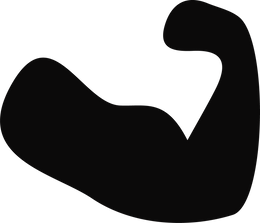 200.000+ clienti in tutto il mondo
200.000+ clienti in tutto il mondo 30 giorni di restituzione
30 giorni di restituzione



